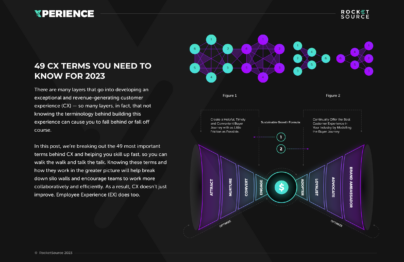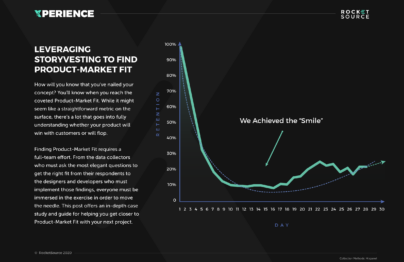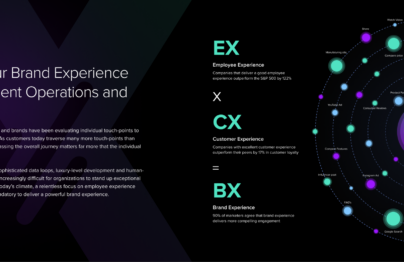Brands leverage data mining to process intelligence from machine learning and statistical models and transform that information into data-centric operations that guide intelligent decision-making and reliable growth.
Through data mining, organizations can uncover hidden patterns in large data sets to create more digestible and democratized insights that can be used organization-wide. This pattern recognition allows teams to leverage data and analytics to make strategic changes. Yet it’s not as simple as feeding machine learning algorithms or artificial intelligence data in hopes of automating the analysis process. There is a lot to be considered when leveraging technological advancements to humanize and improve the customer and employee experience.
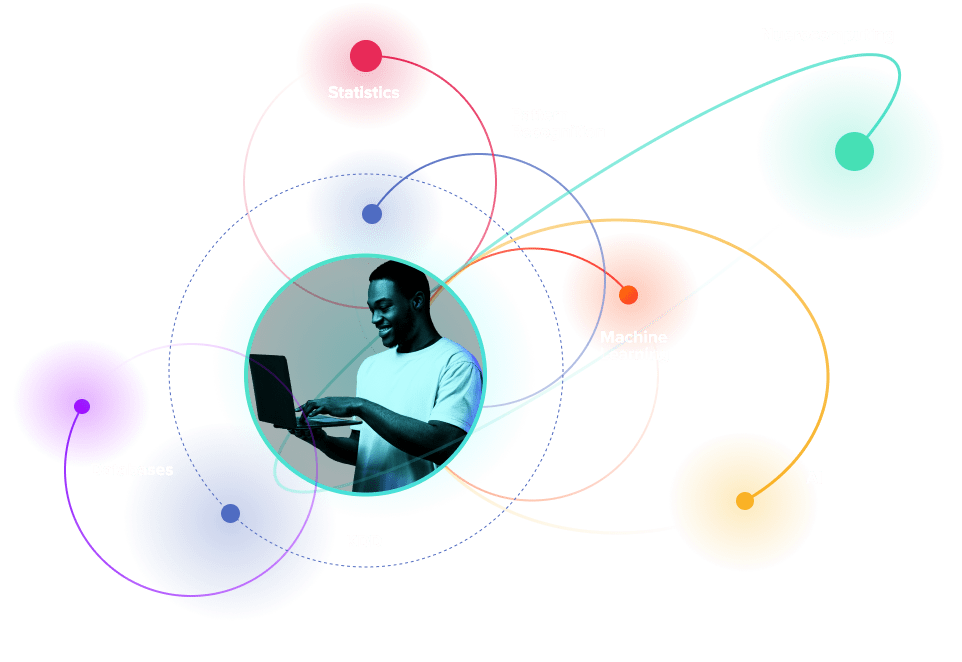
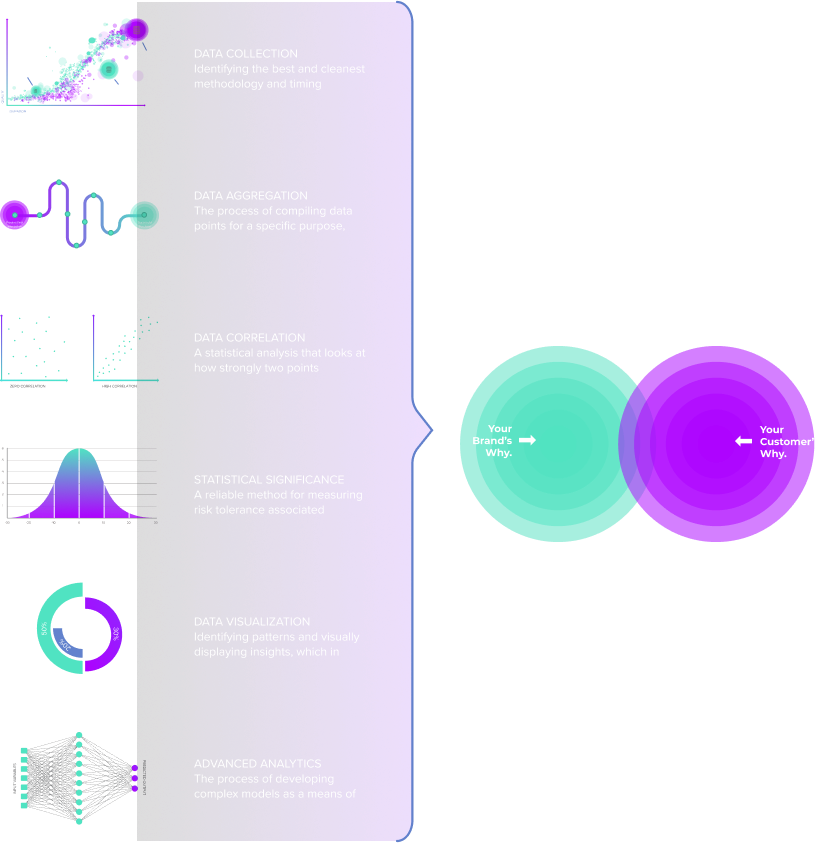
A Human-Centered Approach to Data Mining
To understand what’s happening on a human level across the enterprise and in the market, organizations must gather qualitative and quantitative data. These data points can come from various sources, such as social listening, survey responses, customer conversations, and so much more. Mining journey analytics is immensely complex.
Asking the right questions is crucial in any data mining initiative. In doing so, companies can look beyond data as a one-off initiative and structure the organization in a more insights-centric manner. This approach empowers businesses to break apart layers of the customer and employee journeys and leverage behavioral data loops to make more informed decisions.
A Framework to Guide Big Data
Data mining is about so much more than facts and figures. To produce valuable insights, organizations must understand how the data relates to the core of the business. This requires understanding how data aligns between brand and customer experiences alike.
The StoryVesting framework is designed to evaluate these complex layers and leverage data sets effectively to unpack complex data sets and layers. When done effectively, data mining can expose new levers to pull to make more strategic decisions and turn those insights into action items.
Data Mining Empowers the Customer Journey
Data collection, mining and modeling methods offer the insights needed to personalize the customer experience. Organizations can get deeper sentiment mining and emotional insights by leveraging modern technologies and merging qualitative and quantitative data into one place.
Without these emotional insights, organizations may draw unintentional conclusions along the customer journey, leading to inaccurate predictions and incorrect growth practices.

The 4 Machine Learning Models Imperative for Business Transformation
As you strategize what intelligent operations could look like for your business, there are key frameworks to help define your processes and move away from operating from a data swamp.

Lead/ Opportunity/ Conversion Model
Getting people to engage with a brand is the crux of the sales and marketing departments. Through data mining and leveraging machine learning, organizations can identify emotional and logical triggers of customers with a higher propensity to buy and then leverage those insights to fuel a more personalized marketing strategy.

Lifetime Value Model
Machine learning models can predict the customers most likely to yield the highest lifetime value for your business. Leaning into behavior-driven models helps organizations avoid inherent biases in the data sets and better predict what’s happening at the user level.

Attrition/Customer Retention Model
Leveraging analytics and machine learning models allows organizations to understand buyers’ propensity to churn. As new competitors arrive in the marketplace, this model is crucial for proactively keeping buyers vested in the organizations they’re already working with and innovating on ways to serve them.
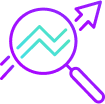
Employee Retention Model
Quality employees are one of the biggest assets to any organization. Running predictive analytics can help organizations identify when an employee has the propensity to churn and thus leverage employee data to get out ahead to rectify concerns before it’s too late.
Customer Experience (CX) Terms
- 360° Degree View of the Customer
- AI Ops
- Barlow Bands
- Behavioral Triggers
- Bow Tie Funnel
- Brick-to-Click
- Business Impact Analysis (BIA)
- Cognitive Computing
- Cohort Analytics
- Content Mapping
- Conversational User Guidance
- Customer Data Profile
- Customer Experience (CX)
- Customer Friction
- Customer Insights Map
- Customer Journey
- Customer Journey Mapping
- Customer Satisfaction (CSAT)
- Customized Ratios
- CX Intelligence
- CX Led Growth
- CX Metrics
- Data as a Product (DaaP)
- Data as a Service (DaaS)
- Data Culture
- Data Driven
- Data Engineering
- Data Fabric
- Data Governance
- Data Humanization
- Data Hygiene
- Data Looping
- Data Mapping
- Data Mining
- Data Modeling
- Data Monetization
- Data Swamp
- Data Visualization
- Data Warehouse
- Data-Centric
- Descriptive Analytics
- Diagnostic Analytics
- Digital Asset Management (DAM)
- Digital Transformation
- Dirty Data In Dirty Data Out
- Embedded Intelligence
- Empathy Mapping
- Employee Data Profile
- Employee Experience (EX)
- EX to CX Data Mapping
- EX to CX Mapping
- Experience Management (XM)
- Gap Analysis
- Generative AI
- Human-Centered Design (HCD)
- Journey Analytics
- Machine Learning (ML)
- Managed Agile Services on Demand
- Modified Hoshin
- North Star Metric
- Party Data
- Pathway to Purchase
- Predictive Analytics
- Product-Market Fit Mapping
- Real Time Design Looping
- Revenue Acceleration
- RevOps
- S Curve of Growth
- Stack Impact Analysis
- StoryVesting
- Table Stakes Testing
- The 3 P’s
- User Experience (UX)
- User Insights Map
- User Interface (UI)
- Voice of the Customer (VoC)
- Voice of the Employee (VoE)
- World Cloud Generator Sentiment Mining
- X Analytics

